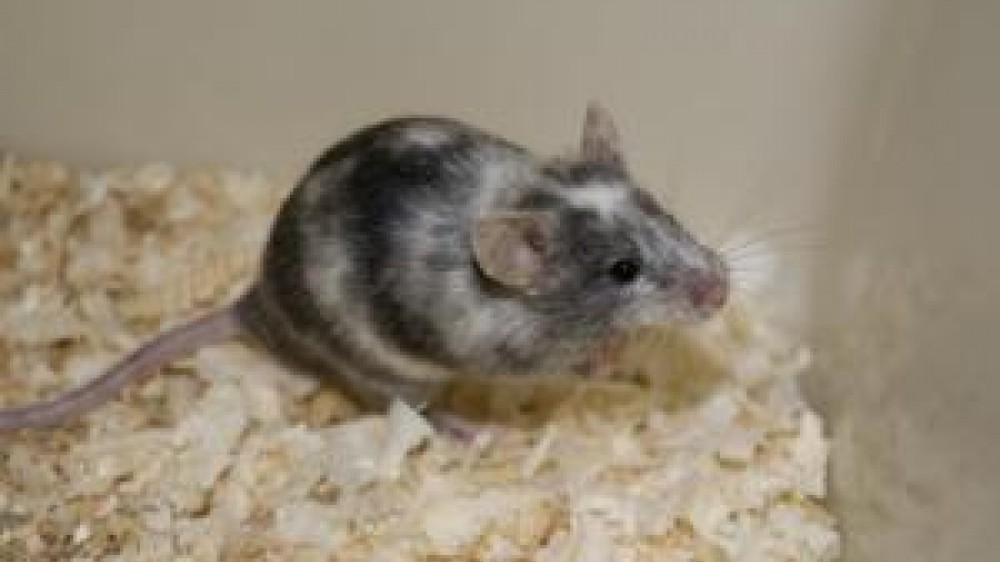Does age matter?

A recently published paper in Laboratory Animals summarises the findings of an NC3Rs expert working group who have been investigating the consideration of rodent age in studies.
The age of laboratory animals is just one factor to consider when designing experiments; however it is one that is often overlooked. At a time when the scientific community is looking at the predictivity and utility of animal models more than ever before, particularly in relation to translation from rodents into clinical outcomes, it is important to understand how and why certain parameters are not being properly or fully considered. In response to this need, a working group was set up to examine the consideration of age as an attribute of experimental design.
The working group conducted an online survey of almost 300 researchers from across industry and academia to explore and understand the current thinking around the choice of the age of rodents being used by researchers, consistency across laboratories, and the age that rodents are considered ‘adult’. Responses showed that different research groups considered a rodent to be ‘adult’ at a varying time points, from 6-20 weeks, with only 10% using rodents over 16 weeks of age. This inconsistency occurred across research disciplines and across laboratories using the same model.
As for the reasons for these choices, the results showed that the age of the rodent is often based on practical considerations such as cost, time and animal supply. In order to support more predictive rodents studies, the authors recommend that funding bodies and researchers “work together to develop a strategy which takes into account that use of older rodents may be beneficial to data quality and the appropriate use of animals, and where justified assess the increased animal costs on grant applications accordingly.”
The reasons are not simply one of cost or convenience though. 23% stated comparability with historical data as the reason for choosing their choice of rodent age, and previous papers [1,2] have shown that the reporting of animal age has generally been poor, leading to researchers choosing the age of their animals through convention or anecdotal evidence. This is where reporting guidelines such as our ARRIVE guidelines, which include the age of animals as point 8 in the checklist, come into play. Our Experimental Design Assistant (EDA) also includes the age of animals as a variable to stimulate thought and consideration, with the aim of making sure researchers consider rodent age when planning their experiments.
The working group concluded that the choice of rodent age should be given more consideration, as it improves the quality and relevance of the data obtained, and reduces variability. As for the age of mice and rats used, it should depend on the development or senescence of the system being studied.
When the age of rodents was considered, respondents to the survey cited databases like The Mouse Phenome Database (USA) as useful for assessing the appropriate age for mice, and others noted the Shared Ageing Research Models (ShARM) initiative as a good source of information. Through the growth of these networks and databases, alongside adherence to the ARRIVE guidelines and use of systems like the EDA, researchers are more able than ever before to properly assess and consider rodent age as a parameter of their research.

References
-
Kilkenny C, Parsons N, Kadyszewski E, et al. (2009) Survey of the quality of experimental design, statistical analysis and reporting of research using animals. PLoS One. 4(11):e7824 doi:10.1371/journal.pone.0007824
-
Flórez-Vargas O, Brass A, Karystianis G, et al. (2016) Bias in the reporting of sex and age in biomedical research on mouse models. eLife. 5:e13615 doi:10.7554/eLife.13615
